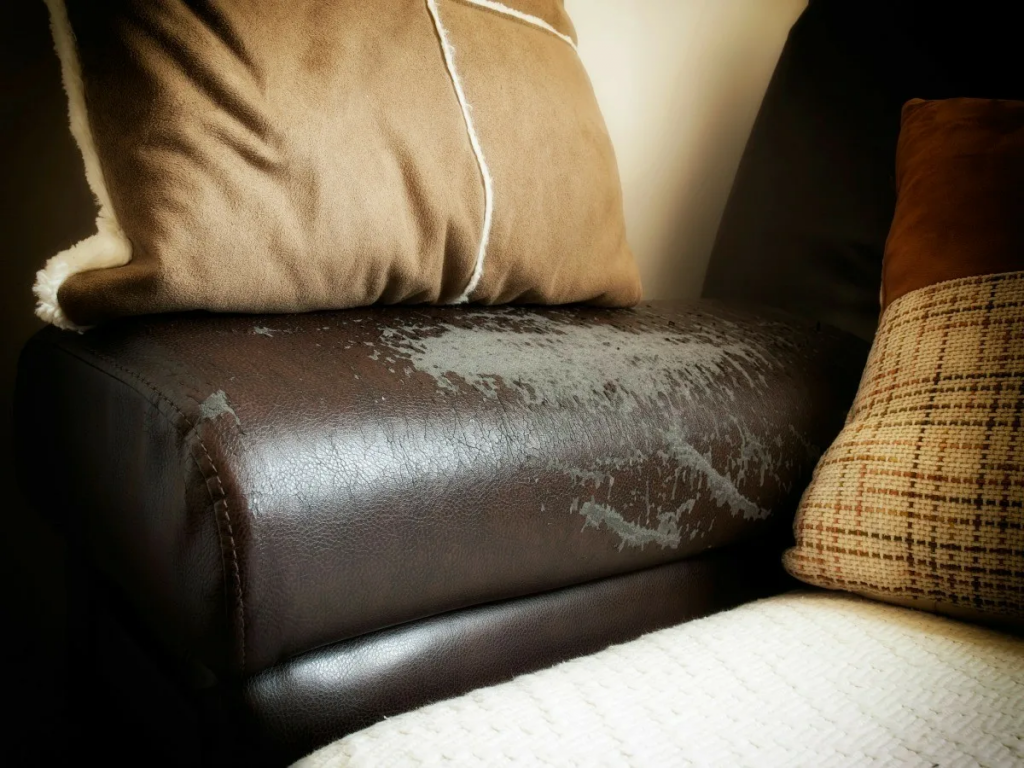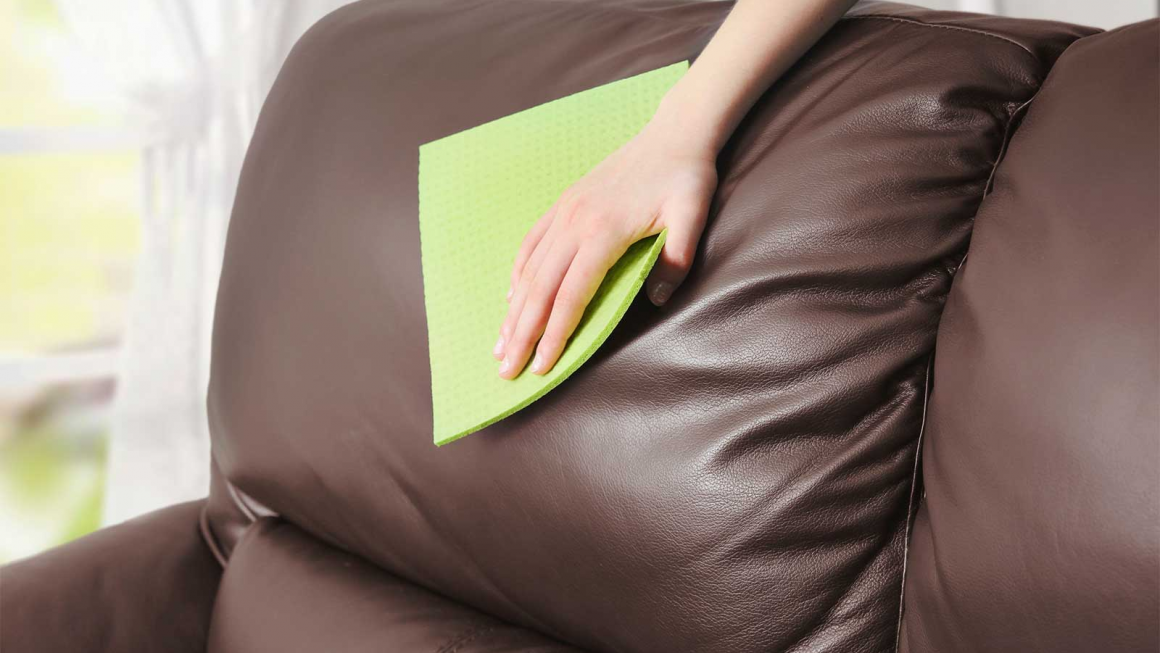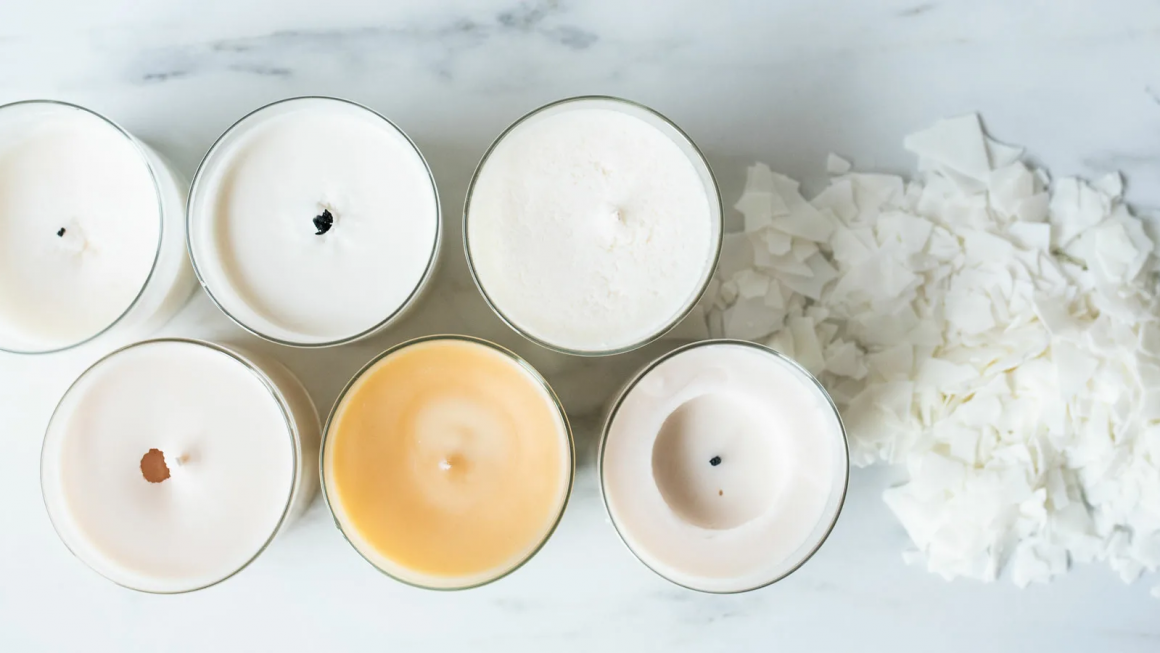If your cherished leather couch has seen better days and is starting to show its age with telltale signs such as fading, scratches, and dryness, there’s good news. Reviving your leather furniture is not only possible but also a rewarding project that can restore your couch to its former glory. In this article, we’ll cover the best ways to breathe new life into weathered leather, making sure your couch looks as good as the day you brought it home. With routine care, the right products, and a little effort, your leather couch can continue to be a centerpiece of comfort and style in your home for the longest time.
Preparing to Revive Your Leather Couch
The first step in the leather revival process begins with gathering the necessary supplies. You’ll need quality leather cleaner, conditioner, soft cloths, and a soft brush or vacuum cleaner with a brush attachment for removing surface dirt. Before you start the cleaning phase, it’s essential to remove loose dirt and dust, as doing so prevents scratching the leather when wiping it down.
The Cleaning Process
Removing the surface dirt is an effective way to prepare your leather for treatment. Vacuuming gently with an appropriate attachment can easily remove dust and dirt without causing damage. When choosing a leather cleaner, ensure it’s designed for use with your specific type of leather. Once you’ve chosen your cleaner, apply it to a soft cloth and gently rub it into the couch in a circular motion, taking care to cover the entire surface evenly to avoid water stains. After the leather has been cleaned, allow it to dry naturally—never use heat, as this could cause drying and cracking.

Nourishing Your Leather Couch
After thoroughly cleaning your leather, the next steps involve applying a leather conditioner. Conditioning leather helps prevent it from drying out and cracking by restoring its natural oils. It also helps maintain the leather’s flexibility. When selecting a conditioner, make sure it’s suitable for your couch and test it on a small area first. Apply the conditioner with a white cloth, gently buffing it into the leather. This may take some time, but ensuring the entire couch is conditioned will help protect your furniture in the long run. Once finished, buff away excess conditioner with a dry cloth for a new look.
Addressing Specific Leather Issues
For scratches and scuffs that might have marred your leather’s appearance, a good quality leather repair kit could help restore the damaged area. When fixing discoloration or fading color in smaller areas, you must match the color correctly with leather dyes or paints, which might require professional help for the best results. Cracks or dryness can be minimized with extra conditioning. However, severe damage such as tears or deep cracks might need more comprehensive repair processes.
Protecting Your Leather Couch Post-Treatment
Keeping your revived couch in good condition involves regular maintenance and avoiding habits that could lead to premature wear and tear. Leather protectors and conditioners not only soften the material but also protect it against spills and marks. To help keep your couch looking new, avoid placing it in direct sunlight or near heat sources, which will cause fading and drying. Additionally, consider using a professional leather protector spray, which helps shield against water damage and stains.

Conclusion
Reviving a leather couch can add years to its life and bring a sense of newness back to your living space. By following the outlined steps of cleaning, conditioning, repairing, and protecting, you’re ensuring that your leather furniture pieces remain in peak condition. Moreover, routine care and maintenance will help preserve the look and integrity of the couch, making it a cherished item in your home for years to come.
FAQs
Q1: How often should I clean and condition my leather couch?
A1: It’s recommended to clean and lightly condition your leather couch every 6 months. Increased usage requires more frequent care, possibly every 3-4 months.
Q2: Can I use any leather conditioner on my couch?
A2: No, it’s crucial to use a conditioner that is appropriate for your type of leather and always perform a spot test before full application.
Q3: How can I treat liquid spills on my leather couch?
A3: Blot liquid spills with a dry cloth immediately, then treat the area with a specially formulated cleaner for leather, following the product’s instructions.
Q4: How can I prevent my leather couch from fading?
A4: Limit exposure to direct sunlight and heat sources with curtains or blinds, and use a UV leather protectant spray to shield against fading.
Q5: Can I repair significant leather damage at home?
A5: Small scratches and fading can often be treated at home, but larger tears and serious damage should be entrusted to a professional for repair.



